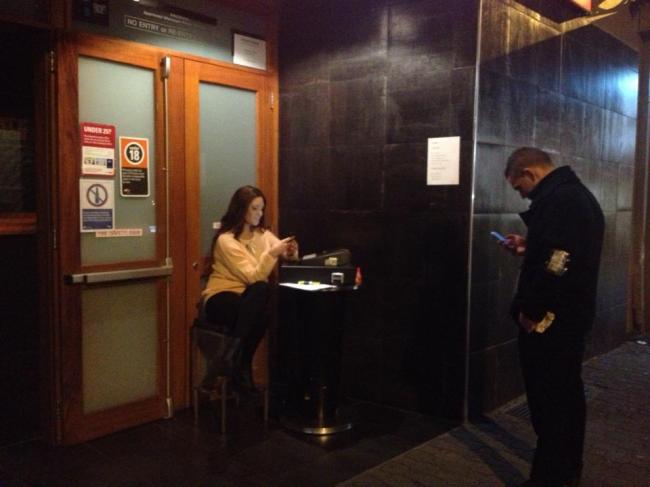The line between conventional journalists and their audiences seems to be blurring. Participatory culture has added a whole new dimension to journalism and the way information circulates, challenging traditional boundaries and definitions of professional institutions. Docile journalists are attached to the time-honoured social functions within these institutions, by having the “gatekeeper of information” status and authority. The what, when and how of transmitting news to the public, has until recently always been maintained and enforced by conventional routines. Access/observation, selection/filtering, processing/editing, distribution and interpretation of content, are the five routines of communication that are no longer restricted by a gatekeeper (Domingo et. al., 2008, p326).
Audiences are now involved in the circulation of news more than ever before, purely due to the fact that we’ve been provided with the ability to do so. Hello modern technology. Major news corporations are in the midst of a power-struggle, between their traditional practices and the abundance of social networking platforms. This ubiquitous battle, in my opinion, can only mean one thing – the public WANT to be able to participate, and finally, they can. This doesn’t have to mean a great shift in control, but an opportunity to consider the varying perspectives, ideas and reflections of society. How can one decipher exactly what, when and how the public want to know something, without involving them in the process? Contemporary critics base their argument surrounding this precise notion. Journalist Risto Kunelius believes that news should be more like a conversation rather than a lecture (2001). Since the emergence of social networks, many traditional institutions have resisted complying with this participatory culture. However this is slowly changing, with corporations recognising the potential of audience interaction, they are beginning to utilise participatory methods in some ways. Stemming from the popularity of talk shows and community-engaging program formats, more and more newsrooms are incorporating social media platforms such as Twitter. Informative television programs, such as ABC’s Q&A and SBS Insight, function more like a discussion. While the information and stories remain mediated, there is still a sense of authenticity because of the conversation-like structure. Online, a majority of institutions haven’t fully utilised the tools of citizen media, however, have enabled some features within their news stories including ranking, sharing, commenting, and forum threads. While this is still restrictive to exactly what is being reported, it aims to encourage collective discussions and criticisms in a controlled environment (Domingo et. al., 2008, p334).
This video is a collaboration of television programs, events, and news desks that are using social media (Twitter) to create an ongoing relationship with viewers.
References:
Domingo, D, Quandt, T, Heinonen, A, Paulussen, S, Singer, JB & Vujnovic, M 2008, ‘PARTICIPATORY JOURNALISM PRACTICES IN THE MEDIA AND BEYOND: An international comparative study of initiatives in online newspapers’, Journalism Practice, vol. 2, no. 3, pp. 326-342.
Kunelius, R 2001, ‘Conversation: a metaphor and a method for better journalism?’, Journalism Studies, vol. 2, no. 1, pp. 31-54.
Twitter, 2011, The Best of Twitter TV, online video, 2 May, YouTube, viewed 3 April 2014 <http://www.youtube.com/watch?v=Jc8TQppzORE>




